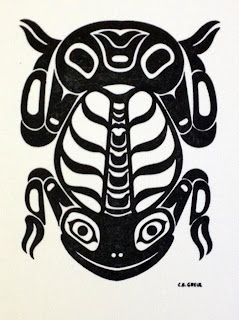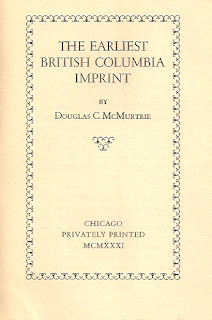Remote technology hassles continue. A brief status report from near the end of the adventure:
The Bach book mentioned on the last post: the binding was incorrectly attributed. It is, in fact, a unique binding signed on the rear pastedown AS88, or possibly RS88. Sewn on cords laced to the boards, sewn end bands, leather fore edge. Lovely.
Here's a multiblock woodcut printed on kozo, found at a jumble sale:
Found in the same jumble; what the hell is it? The largest cup has a 4 stamped in the bottom, the second largest a 2, and nothing discernible in the smallest two.
Found a hardcover copy of
The Big Book of Hell, seen only once
before about 20 years ago, and passed by. No sign of the hardcover since,
till this trip, in the humor section of a paperback shop. Useful reading
for all printers: the futility of trying etc etc etc.
Most time & energy has been spent sourcing new music to sustain the long months of printing ahead. The Substrata festival was brilliant. Newcomer Widesky: lovely.
See here for a recording of his set. Loscil and Kelly Wyse: not completely acoustic, as erroneously reported here in a previous post. They performed the entire "sound report" composed for an edition of Malcolm Lowry's
Lunar Caustic. It was published (a paperback with a mini CD of Loscil's music) as part of the
Book Report Series, which "invites musicians to create a soundtrack to a story from the Penguin Mini Modern Classics."
Tim Hecker's
performance of
Ravedeath, 1972 was transcendent. A cleansing with sound. Pan American was simply
really really cool. Perhaps one of the most interesting new music festivals on the continent. (Many thanks to
theprintsofdarkness for the recordings.)
To conclude, a few other joyful finds:
Flumina, a collaboration between Ryuichi Sakamoto & Christian Fennesz;
Gregg Kowalsky's
Tape Chants; Arvo Part's
Da Pacem; and Widesky's three EPs to date. This isn't a music blog, but this stuff matters because it basically is the soundtrack for the books we publish.
The big reveal of HM's next project in the press comes next week. Materials are assembled, permissions are in place, schedules are cleared. Much fun ahead.


























